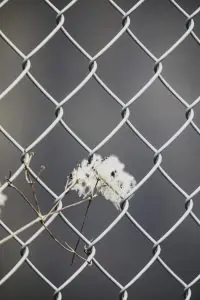How to Install a Vinyl Fence on a Slope?
Fences can be a great way to keep pets and children out of your yard, and they also help define your property lines. However, installing a vinyl fence on a slope can present some challenges.
(Searching in Google “fence contractors Missoula mt“? Contact us today!)

First, you’ll need to figure out how you want the fence to look. There are two common types of fencing: “panelized” and “board-and-rail.” A panelized system has squared panels that hang between posts, whereas a board-and-rail fence is composed of individual boards and rails.
Choosing the right fence style for your sloped yard can make the difference between an unattractive and an attractive fence. You’ll need to consider the height, the amount of space that will need to be left between the bottom rail and the ground, and the type of slope you have.
For example, if you’re building a picket fence on a steep slope, you may have to install it with a stepping method, which leaves small gaps underneath the fence. This can be a problem if you’re trying to contain pets, though it’s fine if you’re simply using your fence for privacy.
How to install a vinyl fence on a slope?
There are two methods of installing a fence on a slope, either by raking or stepping. Sloping, or racking, is more popular and easier to do, but it can be less reliable than a stepping method for keeping the bottom rail level to the slope of the ground.
You should rake your fence when the slope is fewer than 35 degrees or use the step method if the slope is more than that. The amount of rake required varies by fence style and manufacture, so you’ll need to determine the rake needed for your particular fence.
Start by measuring from the top to the bottom of the slope to get the width of your fence line. You’ll need this measurement to figure out how far apart you should set each post.
Next, you’ll need to set your corner posts and end posts. To do this, tap each post into a hole that’s about 1 to 2 inches deep and a little higher than the height of the fence. Then, you’ll need to fill the rest of the holes with concrete. Once the concrete is set, you’ll be able to move on to the other post holes.
Once you’ve marked out your fence, you can begin laying out your vinyl fence panels. This can be done by hand or with a tape measure, depending on your preference.
When you’re laying out the fence, make sure to include all of the posts and any gates. You’ll also need to figure out how to bury the bottom rails in order to avoid an uneven gap between them and the ground.
If you’re building a fence on a steep slope, the bottom rails should be buried a few inches into the ground. This will prevent water from pooling on the bottom and causing damage over time.

